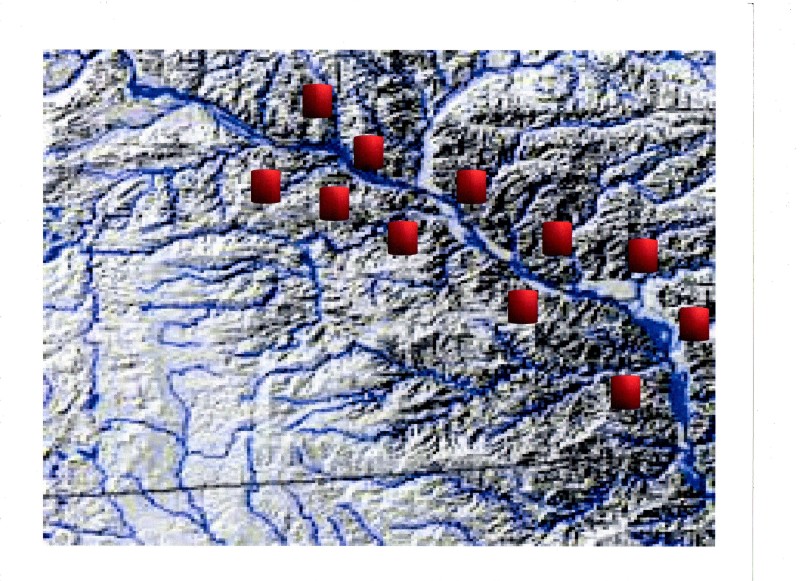There were reasons for that. Since 2009, a combination of factors converged to produce a wave of coal plant retirement announcements by plant operators. These factors included:
1. The continued aging of the coal fleet, in which the median generating station was built in January 1966. Since their efficiency is lower than newer plants, older plants are typically run less often and have poorer economics.
2. New and proposed EPA regulations, including the proposed Clean Air Transport Rule, the proposed Coal Combustion Residuals rule, the proposed Tailoring Rule (covering greenhouse gas emissions), the Ozone NAAQS (National Ambient Air Quality Standards), the forthcoming National Emission Standard for Hazardous Air Pollutants (NESHAPs), and cooling water regulations under section 316(b) of the Clean Water Act.
3. Low prices of power from natural gas plants.
This study is predicting a minimum of 153 shutdowns and a maximum of 353 shutdowns.
1. The continued aging of the coal fleet, in which the median generating station was built in January 1966. Since their efficiency is lower than newer plants, older plants are typically run less often and have poorer economics.
2. New and proposed EPA regulations, including the proposed Clean Air Transport Rule, the proposed Coal Combustion Residuals rule, the proposed Tailoring Rule (covering greenhouse gas emissions), the Ozone NAAQS (National Ambient Air Quality Standards), the forthcoming National Emission Standard for Hazardous Air Pollutants (NESHAPs), and cooling water regulations under section 316(b) of the Clean Water Act.
3. Low prices of power from natural gas plants.
This study is predicting a minimum of 153 shutdowns and a maximum of 353 shutdowns.


![[idea] [idea] [idea]](/data/assets/smilies/idea.gif)
![[r2d2] [r2d2] [r2d2]](/data/assets/smilies/r2d2.gif)
